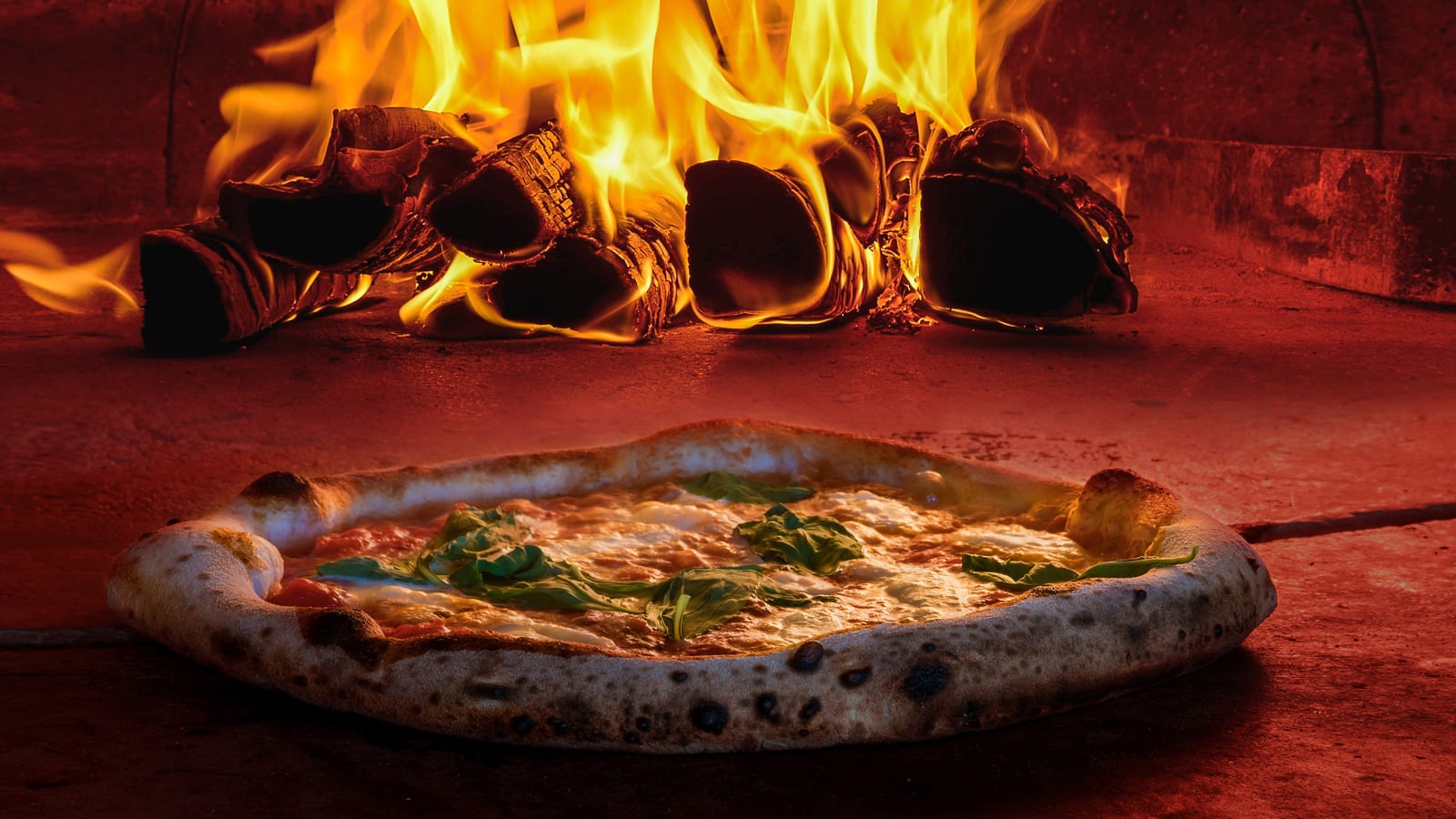
Unlocking Flavor: The Best Wood for Wood-Fired Pizza
Published: April 10, 2024 (Last Modified: July 01, 2024)Introduction
Few culinary experiences rival the tantalizing aroma and irresistible taste of wood-fired pizza. Whether you're a fan of the traditional Neapolitan style or prefer a New York-style pie, the choice of wood plays a crucial role in achieving that perfect balance of smokiness and flavor. In this article, we'll delve into the world of wood-fired pizza and explore the best wood options for elevating your homemade pizza game.
The Best Wood for Wood-Fired Pizza
When it comes to selecting the right wood for your pizza oven or grill, several factors come into play. Not all woods are created equal, and each type brings its own unique flavor profile to the table. Here are some top contenders to consider:
1. Oak: Known for its robust and versatile flavor, oak is a popular choice for wood-fired cooking. It burns hot and long, making it ideal for achieving that perfect char on your pizza crust.
2. Maple: With its subtle sweetness and mild smokiness, maple adds a delicate flavor that complements a wide range of pizza toppings. It burns evenly, producing consistent heat for an even bake.
3. Cherry: For those seeking a touch of fruitiness in their pizza, cherry wood is an excellent option. It imparts a slightly sweet and aromatic flavor, enhancing the overall taste of your pizza.
4. Apple: Another fruitwood favorite, apple wood lends a hint of sweetness and a mild smokiness to your pizza. It pairs particularly well with savory toppings like bacon or sausage.
5. Mesquite: If you're craving bold, smoky flavors, mesquite wood is the way to go. Its intense aroma and robust flavor can stand up to hearty toppings like barbecue chicken or brisket.
6. Pecan: With its rich, nutty flavor, pecan wood adds depth and complexity to your pizza. It burns slowly, allowing you to achieve that perfect balance of smokiness without overpowering the other flavors.
Does Wood Add Flavor to Pizza?
Absolutely! Wood smoke plays a crucial role in enhancing the flavor profile of your pizza. As the wood burns, it releases aromatic compounds that infuse the crust and toppings with a delicious smokiness. The type of wood you choose will influence the final taste of your pizza, so it's essential to select one that complements your desired flavor profile.
Blending Woods for Optimal Pizza Flavor
While each type of wood brings its own unique characteristics to the table, experimenting with wood combinations can take your pizza to the next level. By blending different woods, you can create a customized flavor profile that perfectly complements your favorite toppings. For example, pairing oak with cherry can add depth and complexity, while combining maple and apple can create a subtle, sweet-smoky flavor.
Tips for Using Wood in Pizza-Making
- Proper wood preparation and storage: Ensure your wood is properly seasoned and free from moisture to prevent unpleasant flavors.
- Controlling heat and smoke levels: Monitor the temperature of your pizza oven or grill to achieve the desired level of smokiness without burning the crust.
- Maintaining consistency in flavor: Use a consistent wood source and blend to ensure a uniform flavor profile across multiple batches of pizza.
- Troubleshooting common wood-fired pizza issues: From uneven cooking to excessive smoke, address common challenges to achieve pizza perfection every time.
Conclusion
In the world of wood-fired pizza, the choice of wood is paramount. By selecting the right wood and experimenting with different combinations, you can unlock a world of flavor possibilities and elevate your homemade pizza game to new heights. So fire up your oven or grill, gather your favorite toppings, and get ready to embark on a culinary journey that's sure to delight your taste buds. Happy grilling!
Frequently Asked Questions About Wood-Fired Pizza
Curious about the art of wood-fired pizza making? Delve deeper into the world of wood selection and pizza grilling techniques with our comprehensive FAQ guide. From choosing the best wood to exploring alternative grill options, we've got you covered with expert answers to your burning questions.
The best wood for wood-fired pizza depends on personal preference and desired flavor profile. Popular options include oak, maple, cherry, apple, mesquite, and pecan.
Absolutely! Different woods impart distinct flavors to the pizza, ranging from subtle sweetness to bold smokiness. Choosing the right wood can enhance the overall taste of your pizza.
Yes, blending different types of wood can create a customized flavor profile. Experiment with combinations like oak and cherry or maple and apple to achieve unique and delicious results.
Properly seasoned wood should be dry and free from moisture. Look for wood that has been aged for at least six months to a year to ensure optimal burning and flavor.
Wood-fired cooking can impart a crispier crust with a slightly charred exterior, adding depth and complexity to the texture of the pizza.
No, it's not necessary to soak wood chips or chunks before using them in a pizza oven or grill. Dry wood burns more efficiently and produces better flavor.
To control the amount of smoke, monitor the temperature of your pizza oven or grill closely and adjust airflow as needed. Using dry, well-seasoned wood can also help minimize excessive smoke.
Yes, you can use wood pellets for making wood-fired pizza. However, keep in mind that pellets may burn hotter and faster than traditional wood chunks or logs, so adjust your cooking time accordingly.
Cooking times can vary depending on factors like oven temperature and thickness of the crust. Generally, pizzas cook quickly in a wood-fired oven or grill, typically within 2 to 5 minutes.
Always follow manufacturer's instructions and exercise caution when working with open flames. Ensure proper ventilation to prevent carbon monoxide buildup, and use heat-resistant gloves and tools when handling hot surfaces.
Yes, you can make wood-fired pizza on a pellet grill. While pellet grills are designed primarily for low and slow cooking, they can also reach high temperatures suitable for pizza-making. However, keep in mind that pellet grills may not achieve the same level of wood-fired flavor as traditional wood-fired ovens or grills.
Each type of grill or oven offers unique advantages for making pizza. Wood-fired ovens provide authentic wood-fired flavor and excellent heat retention, resulting in crispy crusts and evenly cooked toppings. Charcoal grills impart a smoky flavor and intense heat suitable for high-temperature pizza cooking. Pellet grills offer convenience and consistent temperature control, while gas grills provide quick and easy preheating with minimal cleanup. Ultimately, the best option depends on personal preference, desired flavor profile, and cooking style.
